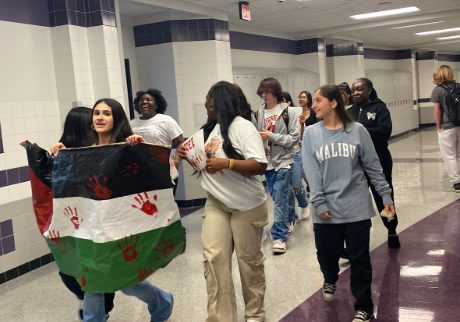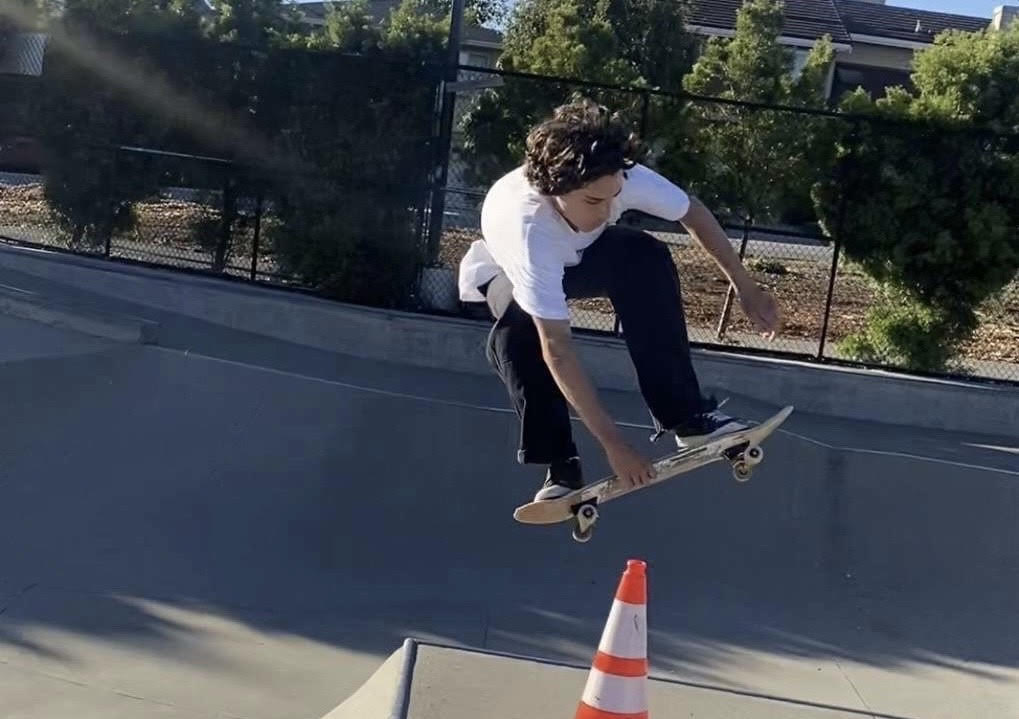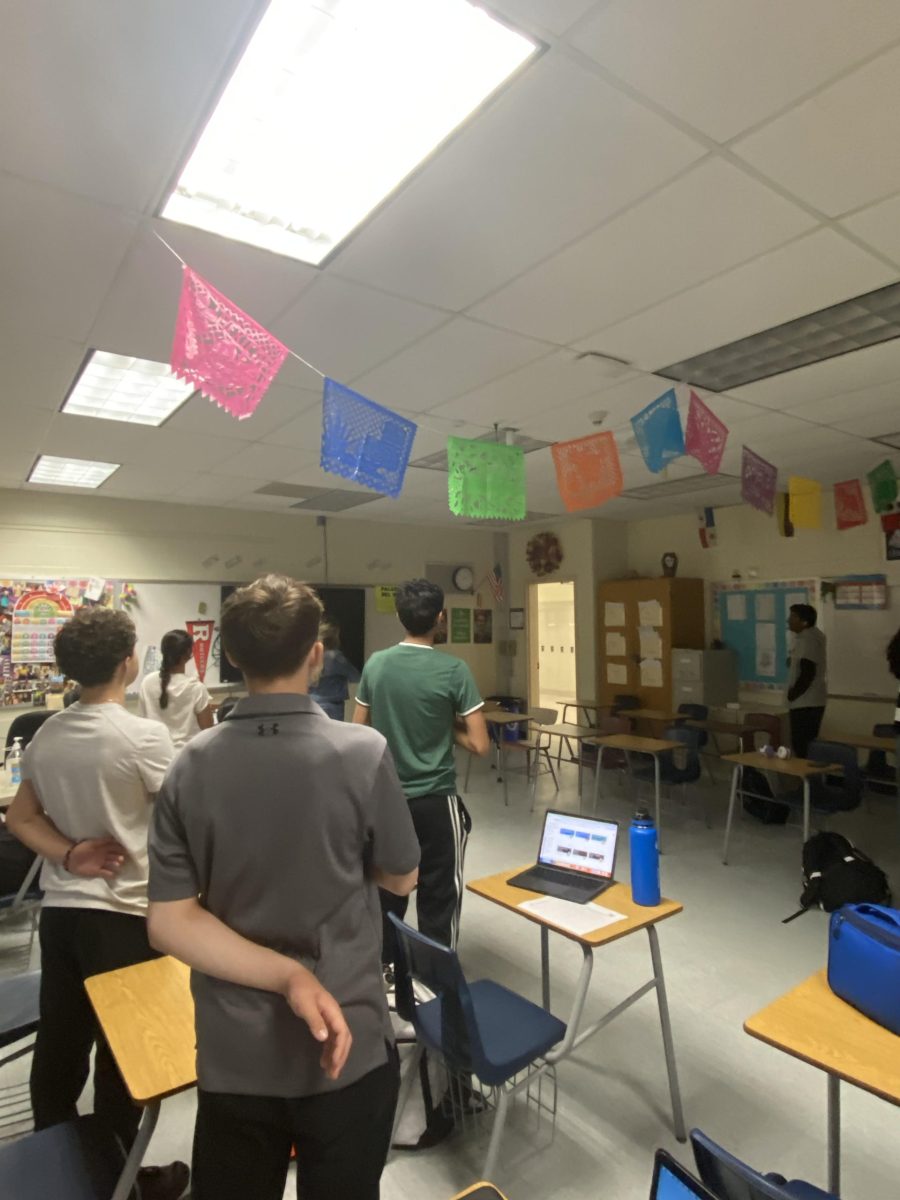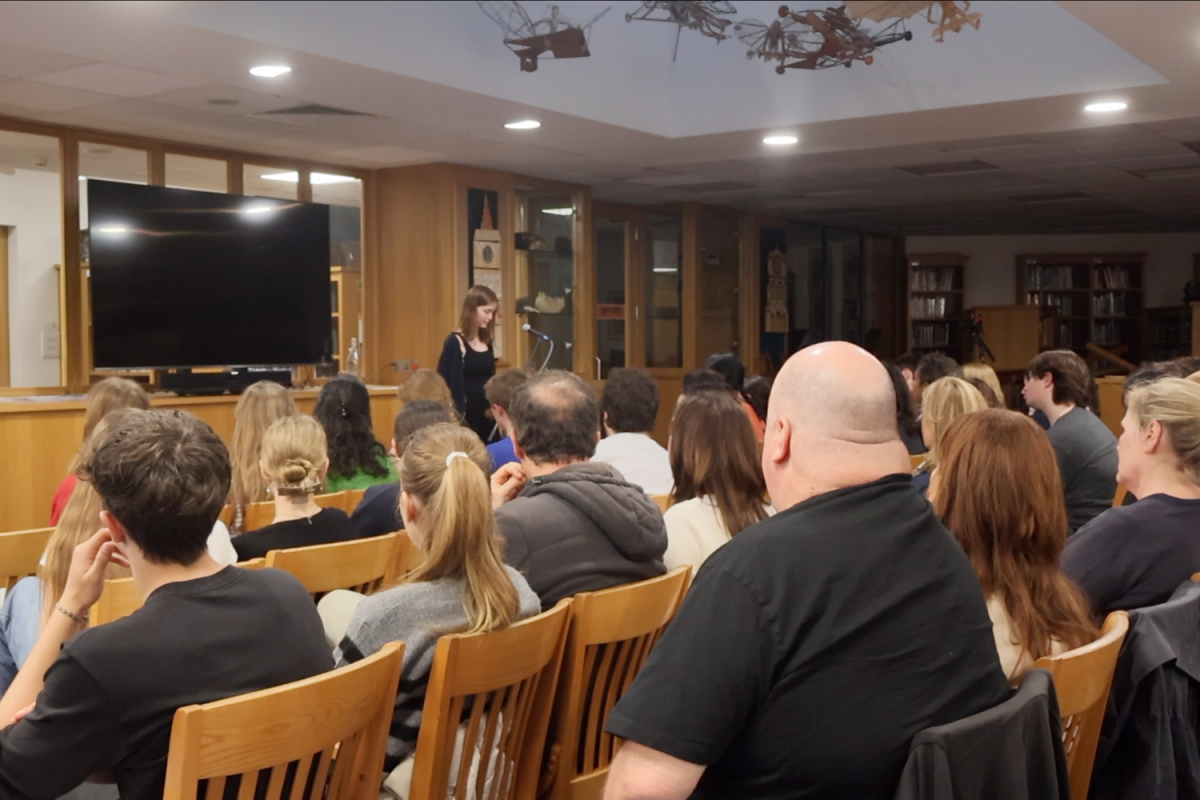In world history classes in the past, students were expected to be learning through a guided textbook. Ethnic Studies is a new world history course that focuses on groups who may have been underrepresented in those guided textbooks.
Ethnic Studies is taught by Gretchen Bertram, a social studies teacher. Bertram has noticed a lack of diversity in the world history textbooks she has read in the past.
“If you look at some of the history books I learned from, there were not a lot of individuals who were represented who weren’t the strong, white winners,” Bertram said. “I want students to be able to examine things from all different perspectives, and not just the dominant perspective.”
Ethnic studies is not a textbook-based world history class, and there is no set curriculum.
“There’s no curriculum, there’s no textbook,” Bertram said. “I want it to be driven by students and what they really want to explore.”
Zoe Tupper, senior, is enrolled in Ethnic Studies, and has noticed how different the class is compared to other world history classes.
“[Gretchen] Bertram really values what we want to learn about,” Tupper said. “I think that’s completely different than world history, where you don’t have a say in what you learn.”
The class connects world history to ethnicity, culture, and diversity, and how those aspects can help shape identity. Using concepts like these, it can help to connect toward marginalized groups of people in history.
“A lot of what we’re exploring are going to be voices that have been excluded from the textbook, that have been marginalized and left out, and I think that’s what we really need to highlight,” Bertram said.
Before Ethnic Studies was added to the curriculum, students from the Affinity Club helped make the class available to students. The project was originally started by West Linn High School alumni Zach Villagomez, with the help of recent graduates Uma Grover and Melinda Lin, Zoe Tupper, senior, and Meagyn Karmakar, former Affinity Club adviser. After two years, they were able to add the new class for the 2023-2024 school year.
77.9% of the students enrolled in Ethnic Studies are white, showing that the minority consists mostly of Black, Indigenous, People of Color (BIPOC) students.
“I think everyone will be more educated on stuff they have never really heard of or haven’t had interest in prior,” Tupper said.
Aiden San Nicolas, senior, is enrolled in Ethnic Studies and has opinions about how the class may help students.
“I feel like [Ethnic Studies] is important to understand unrepresented cultures that aren’t mentioned often,” San Nicolas said. “Ethnic Studies is a really helpful course to understand other cultures and backgrounds.”
I think everyone will be more educated on stuff they have never really heard of or haven’t had interest in prior.
— Zoe Tupper
Following the class being added, in February 2021, the Ethnic Studies standards were implemented. These standards include the new class to have the same requirements as other social studies classes for K—12. This includes elementary and middle schools, where they must be introduced to more complicated concepts about ethnicity, culture, diversity, and identity.
“I don’t know how it could be [available for younger students] because some of the concepts are complicated, which doesn’t mean we shouldn’t teach them,” Tupper said. “I think it’s definitely important, but it should be a lot simpler [for them].”
The Ethnic Studies standards require all schools that follow social studies standards to follow the same standards for ethnic studies by 2027.
This story was originally published on wlhsNOW on September 27, 2023.





![With the AISD rank and GPA discrepancies, some students had significant changes to their stats. College and career counselor Camille Nix worked with students to appeal their college decisions if they got rejected from schools depending on their previous stats before getting updated. Students worked with Nix to update schools on their new stats in order to fully get their appropriate decisions. “Those who already were accepted [won’t be affected], but it could factor in if a student appeals their initial decision,” Principal Andy Baxa said.](https://bestofsno.com/wp-content/uploads/2024/05/53674616658_18d367e00f_o-1200x676.jpg)






![Junior Mia Milicevic practices her forehand at tennis practice with the WJ girls tennis team. “Sometimes I don’t like [tennis] because you’re alone but most of the time, I do like it for that reason because it really is just you out there. I do experience being part of a team at WJ but in tournaments and when I’m playing outside of school, I like that rush when I win a point because I did it all by myself, Milicevic said. (Courtesy Mia Milicevic)](https://bestofsno.com/wp-content/uploads/2024/06/c54807e1-6ab6-4b0b-9c65-bfa256bc7587.jpg)








![The Jaguar student section sits down while the girls basketball team plays in the Great Eight game at the Denver Coliseum against Valor Christian High School Feb. 29. Many students who participated in the boys basketball student section prior to the girls basketball game left before half-time. I think it [the student section] plays a huge role because we actually had a decent crowd at a ranch game. I think that was the only time we had like a student section. And the energy was just awesome, varsity pointing and shooting guard Brooke Harding ‘25 said. I dont expect much from them [the Golden Boys] at all. But the fact that they left at the Elite Eight game when they were already there is honestly mind blowing to me.](https://bestofsno.com/wp-content/uploads/2024/05/IMG_7517-e1716250578550-900x1200.jpeg)









![BACKGROUND IN THE BUSINESS: Dressed by junior designer Kaitlyn Gerrie, senior Chamila Muñoz took to the “Dreamland” runway this past weekend. While it was her first time participating in the McCallum fashion show, Muñoz isn’t new to the modeling world.
I modeled here and there when I was a lot younger, maybe five or six [years old] for some jewelry brands and small businesses, but not much in recent years,” Muñoz said.
Muñoz had hoped to participate in last year’s show but couldn’t due to scheduling conflicts. For her senior year, though, she couldn’t let the opportunity pass her by.
“It’s [modeling] something I haven’t done in a while so I was excited to step out of my comfort zone in a way,” Muñoz said. “I always love trying new things and being able to show off designs of my schoolmates is such an honor.”
The preparation process for the show was hectic, leaving the final reveal of Gerrie’s design until days before the show, but the moment Muñoz tried on the outfit, all the stress for both designer and model melted away.
“I didn’t get to try on my outfit until the day before, but the look on Kaitlyn’s face when she saw what she had worked so hard to make actually on a model was just so special,” Muñoz said. “I know it meant so much to her. But then she handed me a blindfold and told me I’d be walking with it on, so that was pretty wild.”
Caption by Francie Wilhelm.](https://bestofsno.com/wp-content/uploads/2024/05/53535098892_130167352f_o-1200x800.jpg)








